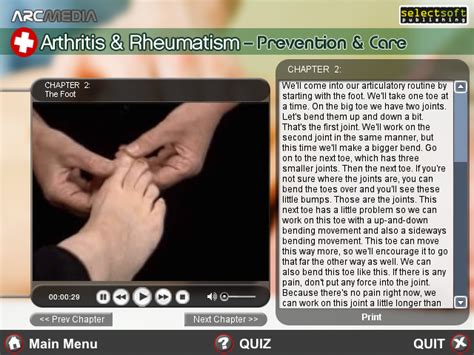Rheumatoid arthritis (RA) is a chronic inflammatory disorder that significantly impacts various body systems, including joints, skin, eyes, lungs, heart, and blood vessels. As an autoimmune and inflammatory disease, RA leads the immune system to mistakenly attack healthy cells, causing inflammation and pain in multiple joints, particularly in the hands, wrists, and knees.
The main symptoms of rheumatoid arthritis are pain, swelling, stiffness, and tenderness in more than one joint, often symmetrical (e.g., affecting both hands or both knees). People with RA also experience morning stiffness, extreme fatigue, and a range of other systemic symptoms. The disease’s onset is linked to several risk factors, though the exact cause remains unknown.
Mayo Clinic offers comprehensive insights into the symptoms and causes of RA. The Centers for Disease Control and Prevention provide detailed information about RA as a part of their arthritis basics. Additionally, Medical News Today discusses steps for preventing rheumatoid arthritis.
Management of RA includes medications for symptom control and lifestyle modifications such as engaging in physical activity, which studies have shown can ease joint pain and stiffness. Emphasis is also placed on maintaining a healthy diet and oral hygiene to manage the disease effectively. While there is no cure for rheumatoid arthritis, early and effective treatment can significantly improve quality of life.



